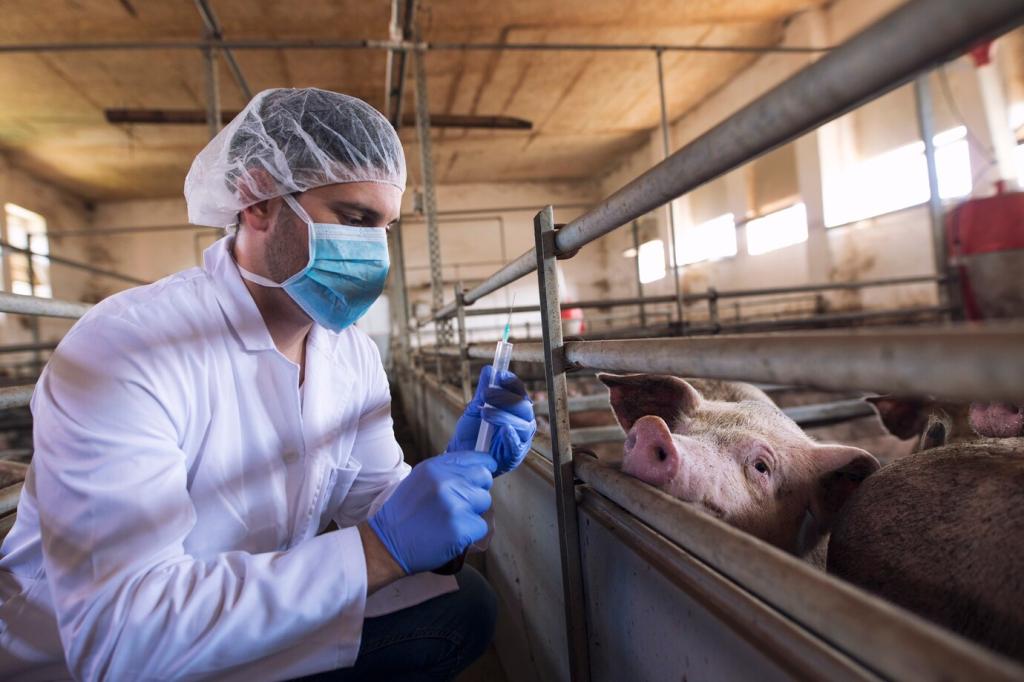Optimal Nutrition for Huskies: Smart Fuel for Arctic Hearts
Arctic ancestry and efficient fuel use
Huskies evolved to conserve energy while working long distances in cold climates, favoring fats for sustained output. Feeding plans should reflect that unique efficiency, prioritizing digestible animal proteins, quality fats, and consistent routines that align with their steady, hardworking metabolism.
Endurance over bursts: what to feed for steady power
Unlike sprinters, huskies thrive on nutrition that supports hours of moderate exertion. Balanced meals with ample high-quality fats and adequate protein help maintain stamina, preserve lean mass, and keep energy smooth—without sugar spikes or heavy fillers that bog down performance.
A trail story about switching to smarter fuel
When Koda began winter runs, we raised his dietary fat with salmon oil and adjusted portions around training. Within weeks, his coat shone brighter, his recovery improved, and his playful focus returned. Share your husky’s fueling wins and lessons in the comments below.

Protein quality first
Aim for animal-based proteins rich in essential amino acids—chicken, turkey, salmon, or lamb. Many active adult huskies do well around 28–35% protein on a dry matter basis. If kidney issues are present, consult your veterinarian for tailored targets and careful ingredient selection.
Fats for endurance and a radiant coat
Fats deliver sustained energy and support skin and coat. Look for 15–25% fat for most active adults, featuring omega-3s like EPA and DHA from fish or algal oil. These nutrients help reduce inflammation and keep that iconic husky coat glossy and resilient year-round.
Smart carbs and fiber, not filler
Digestible carbohydrates and gentle fibers support gut health without diluting nutrition. Consider sweet potato, oats, or pumpkin for steady energy and stool quality. Avoid excessive fillers that spike calories without micronutrients. Monitor stool and activity to fine-tune your husky’s perfect balance.
Feeding by Life Stage and Workload
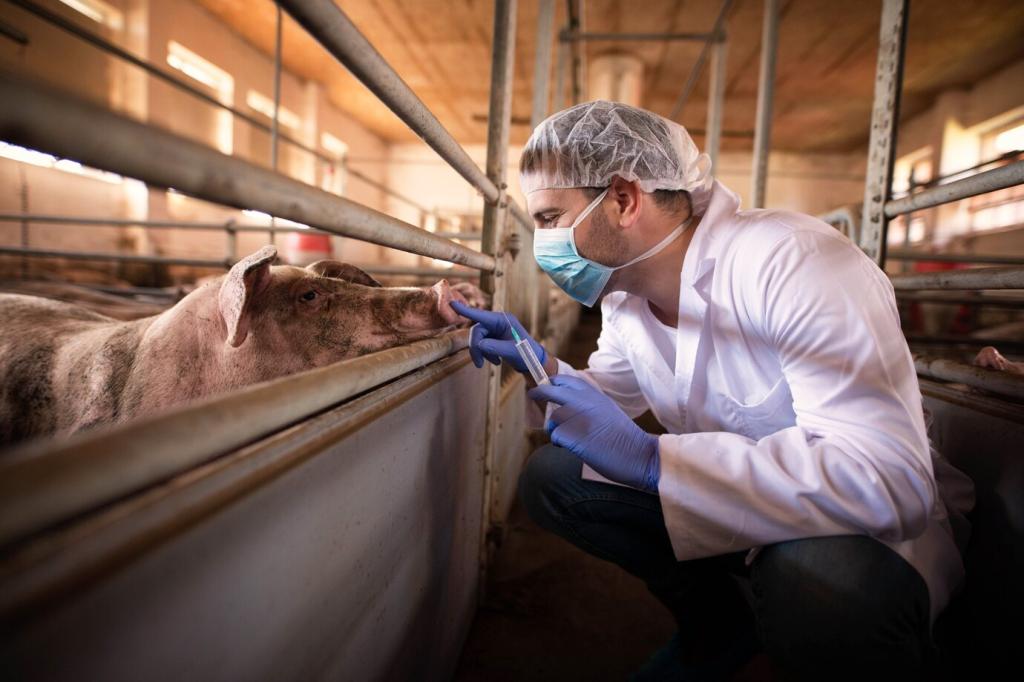
Puppy growth with joint-safe balance
Husky puppies need controlled growth: prioritize DHA for brain development and maintain a calcium-to-phosphorus ratio near 1.2–1.4:1. Choose complete, balanced puppy formulas that prevent rapid weight gain and protect developing joints while meeting energetic, exploratory needs.
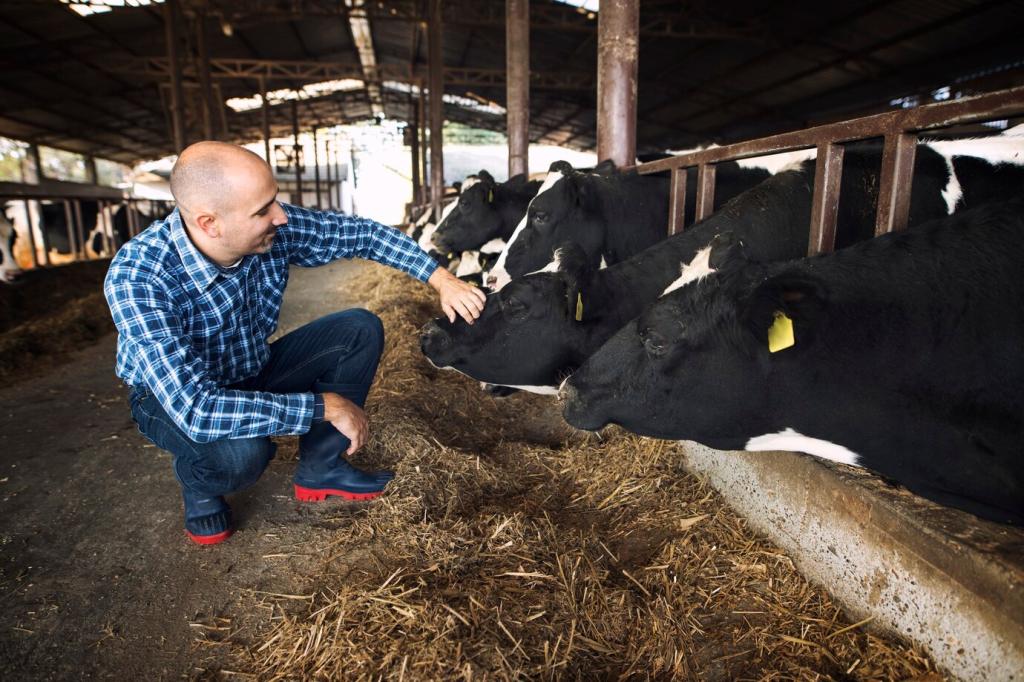
Active adults and working dogs
Adjust calories to workload and climate, increasing portions on heavy training days or frigid treks. Time meals to allow digestion before exertion. Emphasize high-quality protein and fats to maintain lean muscle, stable energy, and mental sharpness on trail or in the backyard.

Senior huskies and graceful longevity
Support seniors with adequate protein to preserve muscle, joint nutrients like glucosamine and chondroitin, and antioxidant-rich ingredients. Watch weight closely, as lower activity can mask creeping pounds. Share senior husky tips below to help others support their aging companions.
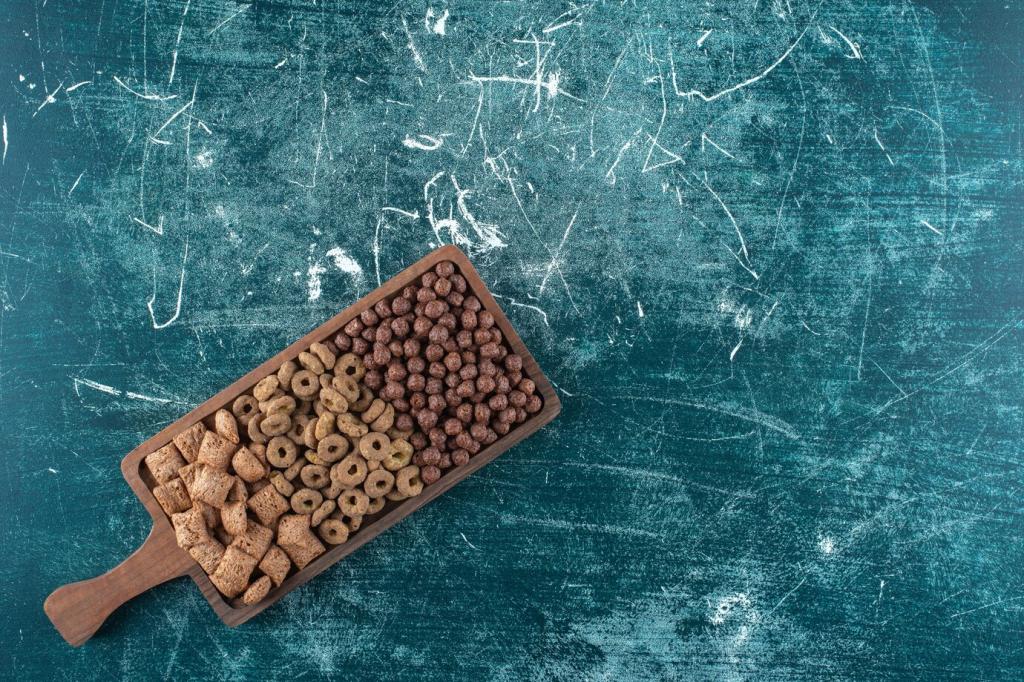
Hydration, Cold Weather, and Electrolytes
Cold air dehydrates more than many owners realize. Offer fresh water frequently, consider heated bowls, and add moisture with wet food or diluted broth. Encourage drinking before and after exercise, and track intake to spot subtle changes that could signal emerging issues.
Hydration, Cold Weather, and Electrolytes
On demanding days, ensure sodium and potassium are adequate through balanced complete diets and, when advised, vet-approved supplements. Avoid overly salty broths. Prioritize real hydration first, then tailor electrolytes with your veterinarian for your husky’s unique workload and climate.
Look for diets that meet AAFCO or FEDIAF standards, list named animal proteins first, and include omega-3 sources. Evaluate transparency on sourcing. Many owners appreciate kibble’s convenience, consistent nutrient profile, and storage stability for travel or unpredictable weather conditions.
Choosing a Feeding Approach: Kibble, Raw, or Home-Cooked
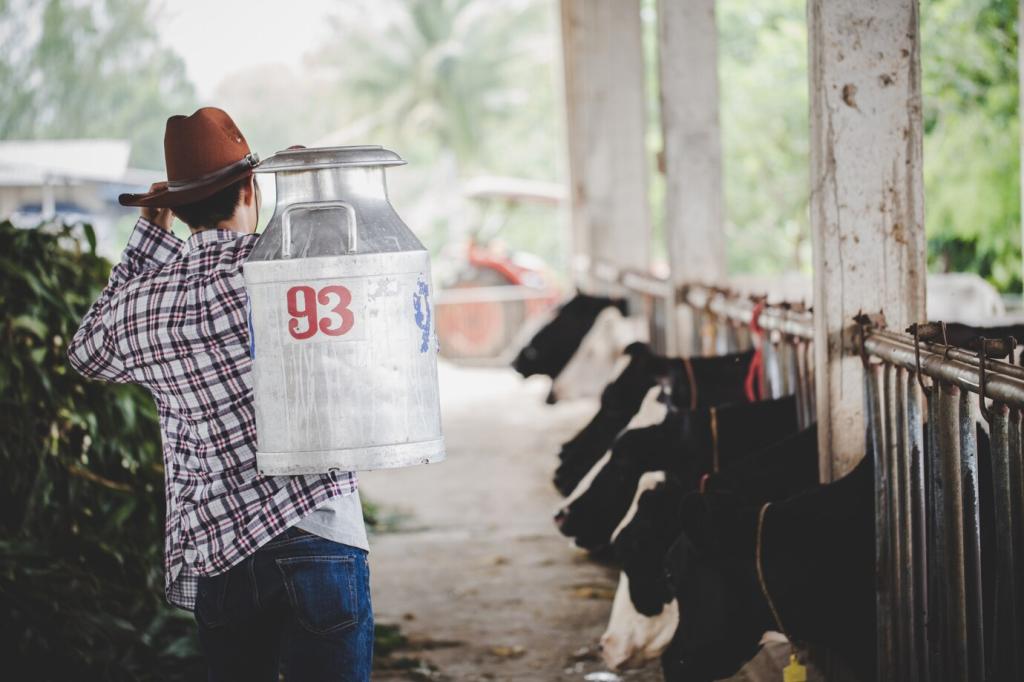
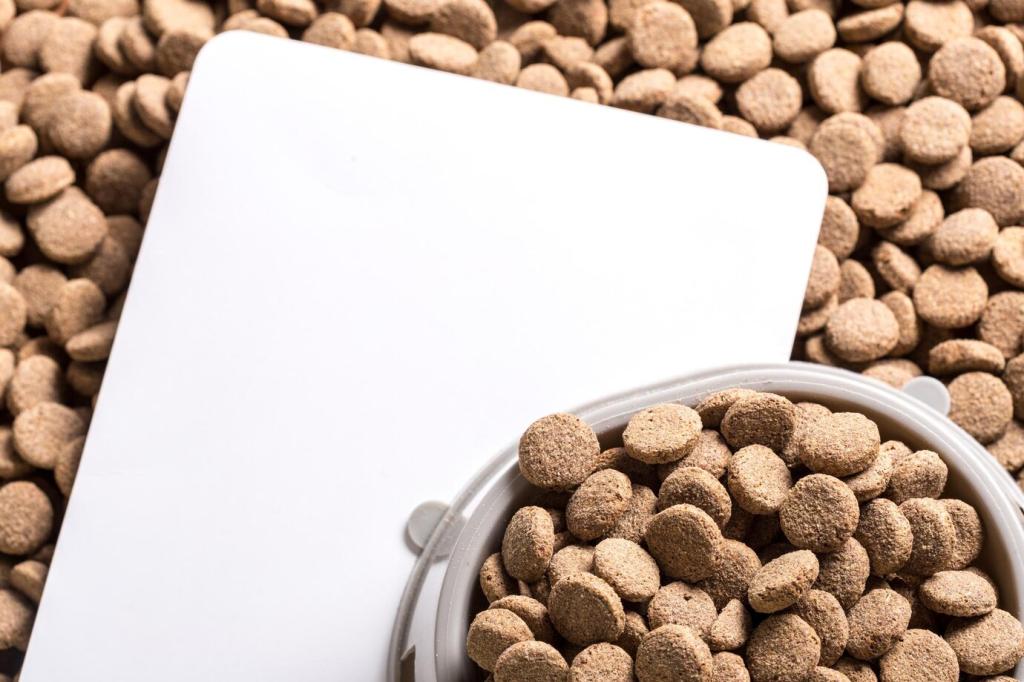
Sensitive Stomachs, Allergies, and Gentle Transitions
Common irritants can include beef, chicken, dairy, or certain grains, but individual responses vary. Consider an 8–12 week elimination trial with a single novel protein. Keep a detailed diary of symptoms, stool, and energy to guide discussions with your veterinarian.
Sensitive Stomachs, Allergies, and Gentle Transitions
Support the microbiome with probiotics containing Lactobacillus and Bifidobacterium strains, plus prebiotics like inulin. Transition foods over 7–10 days to protect digestion. Consistent feeding times and moderate fiber levels help maintain steady stools and cheerful, ready-to-run husky spirits.
Seasonal and Adventure Feeding Strategies
Cold increases calorie needs. Many huskies benefit from a 10–20% bump—or more for intense work—favoring fat-dense additions. Trail-friendly, high-energy snacks can sustain output between meals while keeping your husky eager, focused, and excited for the next snowy stretch.
Seasonal and Adventure Feeding Strategies
In heat, reduce calories slightly and lean toward moisture-rich, digestible formulas. Avoid strenuous activity right after meals to limit gastrointestinal stress. Observe appetite changes closely; small adjustments can prevent weight creep during lazy, sun-soaked afternoons and shorter training sessions.
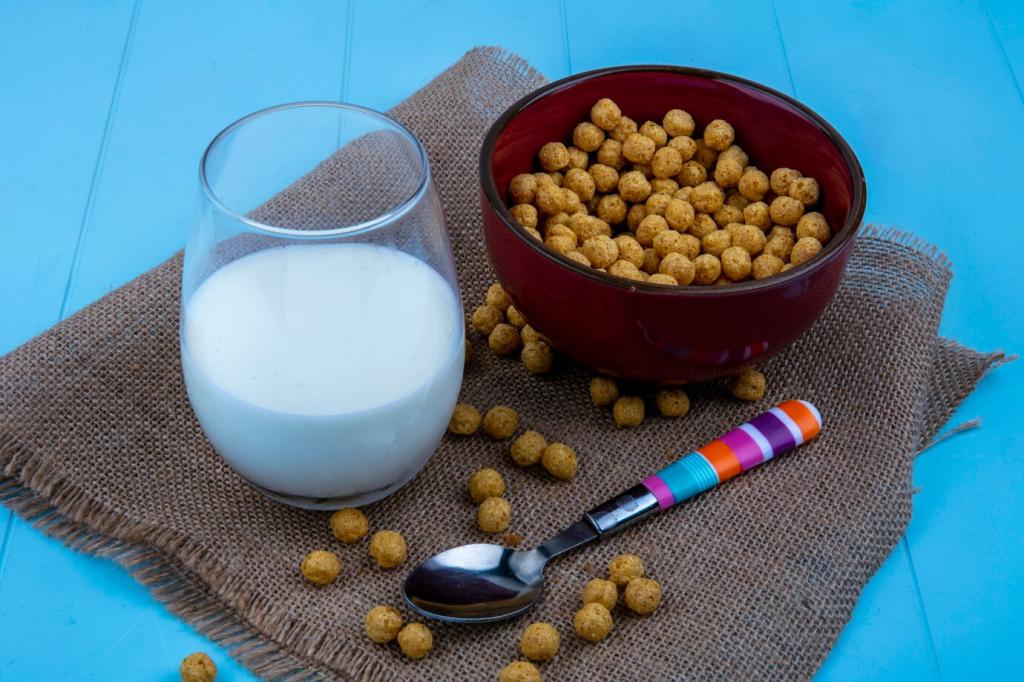
Monitoring Progress: Body Condition and Portion Precision
Use a 1–9 BCS scale: you should feel ribs easily without visible protrusion, see an hourglass waist, and note an abdominal tuck. Reassess monthly, especially with seasonal shifts or training changes that alter energy needs and conditioning levels.
